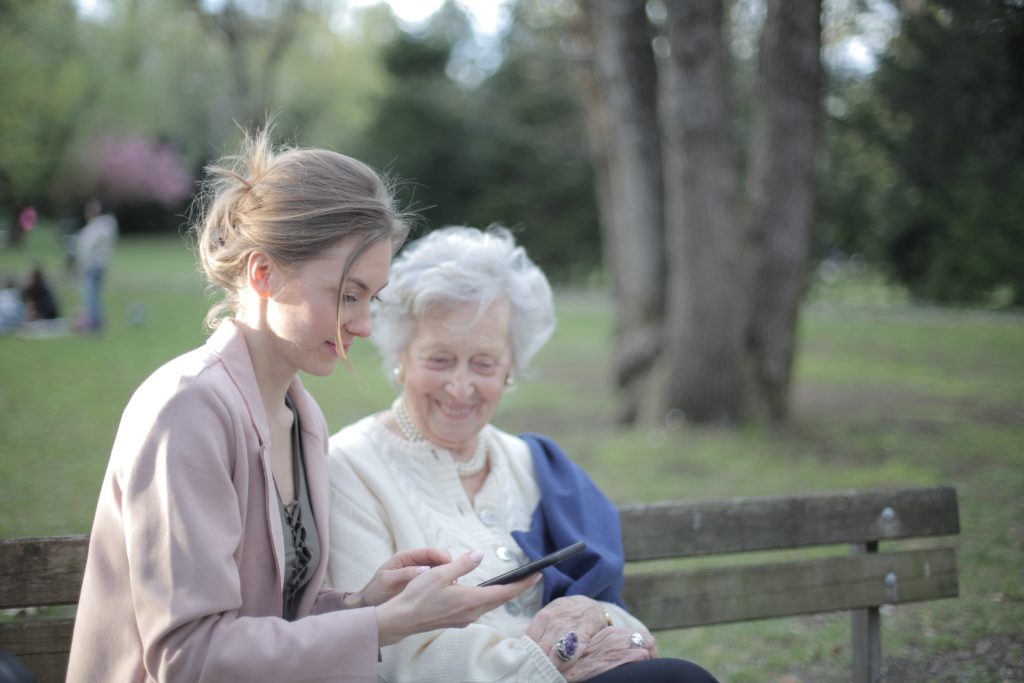June 15 is World Elder Abuse Awareness Day.
According to the World Health Organization (WHO), one in six people over the age of 60 experience abuse each year.
Elder abuse is also more prevalent among senior citizens in nursing home and long-term care facilities.

Types of elder abuse
There at least six major types of elder abuse.
- Physical: The use of physical force that results in bodily injury
- Sexual: Nonconsensual sexual contact
Emotional: Infliction of pain or anguish through verbal or non-verbal attacks - Financial exploitation: Illegal or improper use of funds or assets
- Neglect: Failure to fulfill the obligations of caring for someone
- Abandonment: Occurs when a person who is primarily responsible for the elderly person deserts them.
If you are concerned that your elderly relative may be the victim of abuse, here are some signs that you should look for: Unexplained cuts or bruises; sudden malnourishment, poor hygiene, an unexplained loss of money and/or isolation from family members or friends.
How to prevent, identify abuse
Seniors who experience abuse will often exhibit signs of anxiety, depression, or confusion. The key to preventing or identifying elder abuse is to stay as involved in your relative’s life as possible.
The more present you are in your elderly relative’s life, the more unlikely it is for abuse to fly under the radar.
On World Elder Abuse Awareness Day, take some time to review how often you check in on your elderly relative.
It’s also a good idea to develop a plan to work with your family members as a team to share the responsibility of conducting regular wellness checks on your elderly relative.